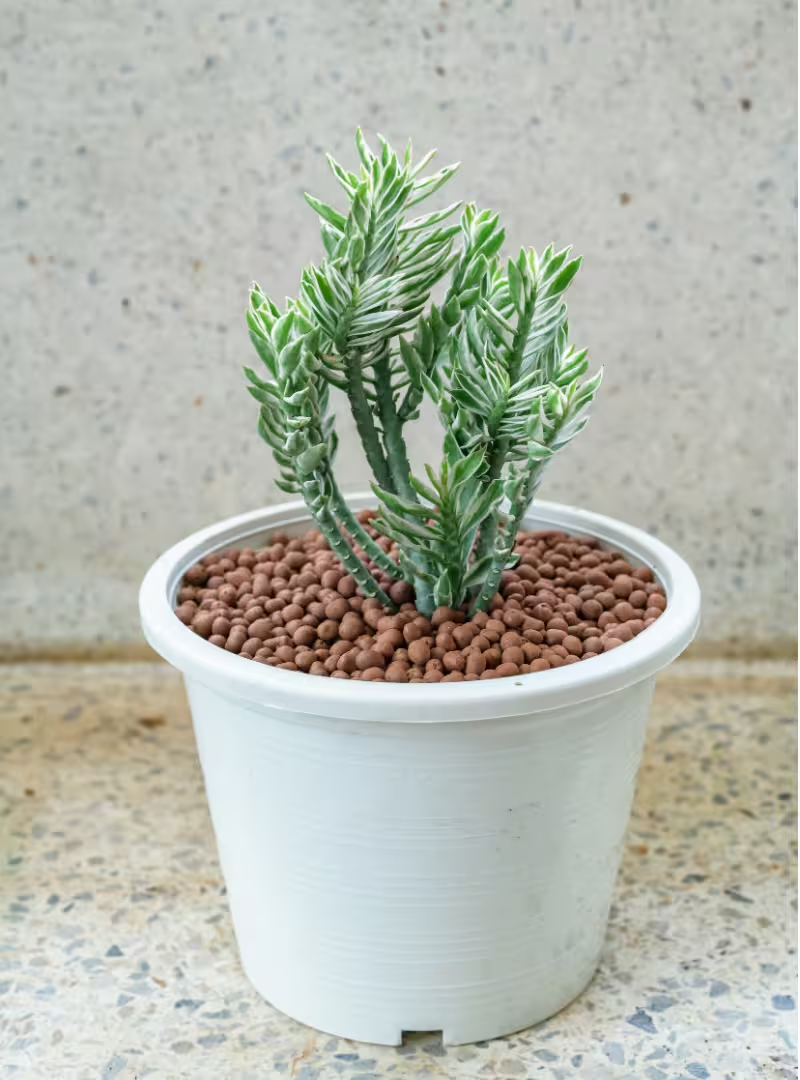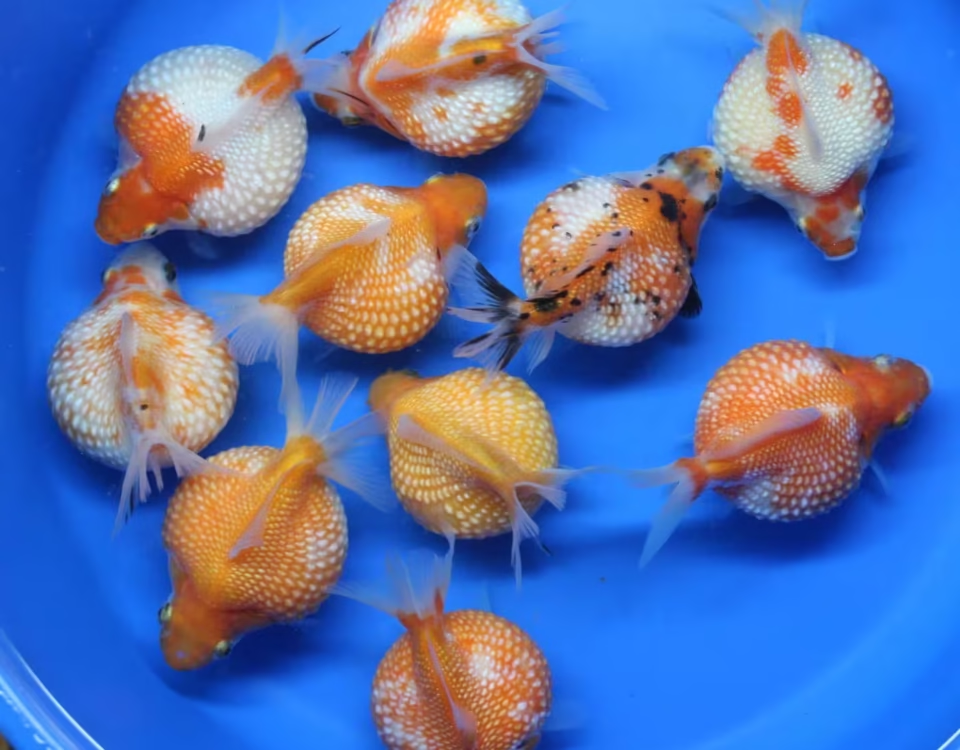The Ultimate Labrador Retriever Encyclopedia
Discover everything about America's most popular dog breed - from their friendly temperament to comprehensive care techniques. This definitive guide covers all Labrador types (English vs American), detailed care instructions, training tips, health concerns, and breeding information to help you become an expert Labrador owner.
21.5-24.5 inches
Average Height (Male)
65-80 lbs
Average Weight (Male)
10-14 years
Average Lifespan
3 Colors
Black, Chocolate, Yellow
Labrador Retriever Types & Varieties
While all Labradors share common traits, there are distinct differences between show-bred (English) and field-bred (American) lines, as well as the three recognized color varieties:
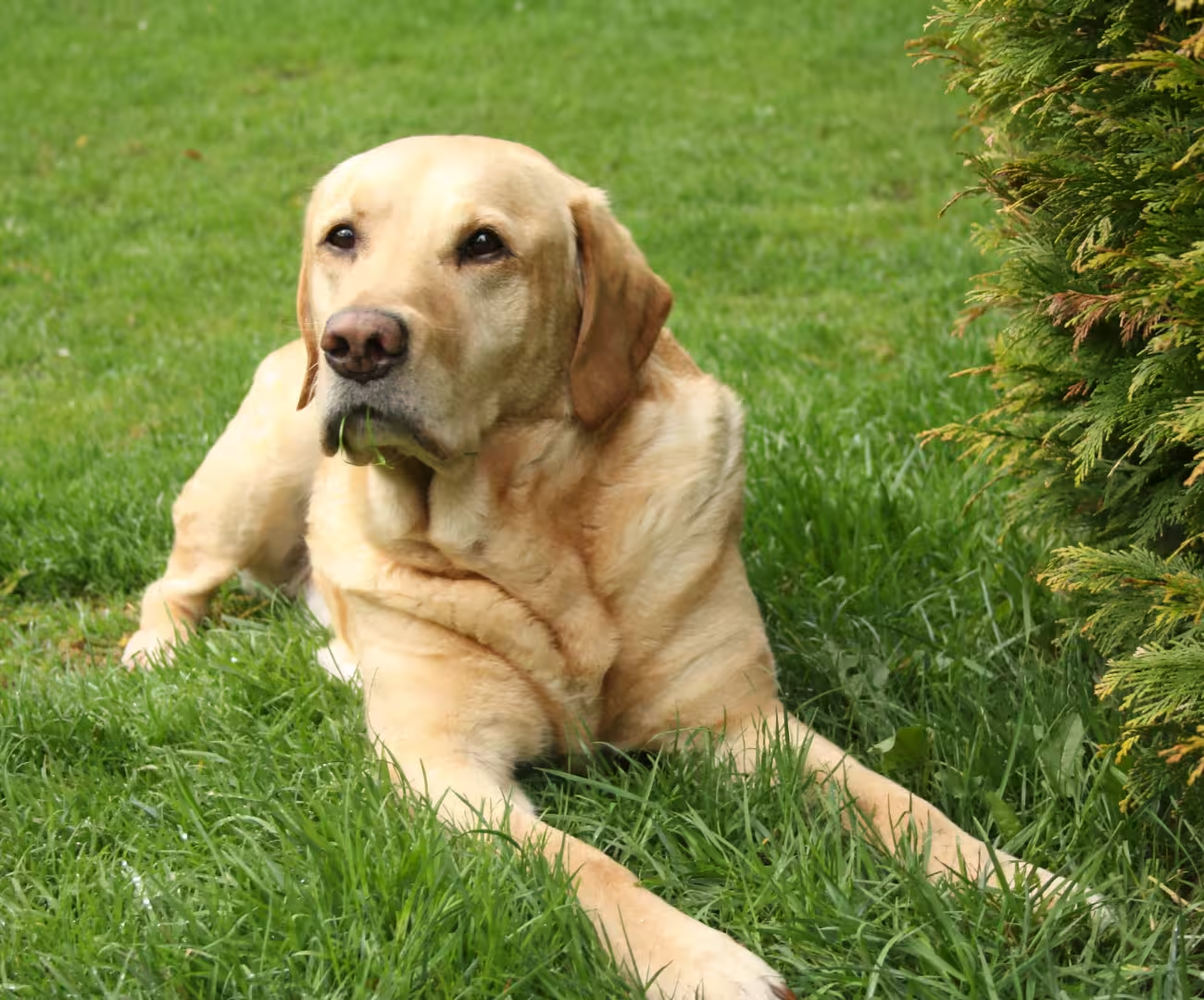
Show/English Labrador
Canis lupus familiarisBred for conformation shows and as family companions. Stockier build with a broad head, barrel chest, and thick "otter" tail. Typically calmer and more laid-back temperament, making them excellent family pets.
Shop English Labs
Field/American Labrador
Canis lupus familiarisBred for hunting and fieldwork. Leaner, more athletic body with longer legs and narrower head. Higher energy with intense drive, requiring more exercise. Better suited for active owners or hunters.
Shop Field Labs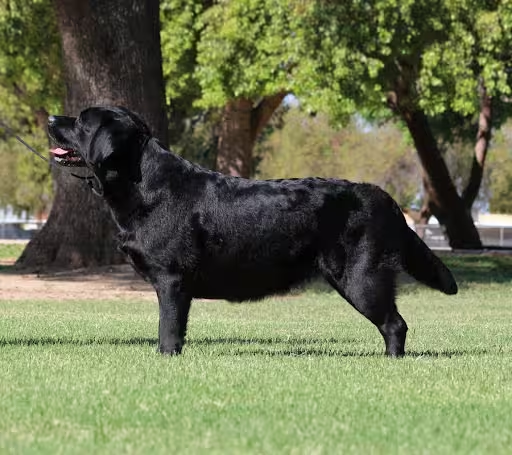
Black Labrador
Canis lupus familiarisThe original and most common color. Solid black coat with no other markings. Known for their classic Labrador look. Black Labs have the same wonderful temperament as other colors but are often easier to find.
Shop Black Labs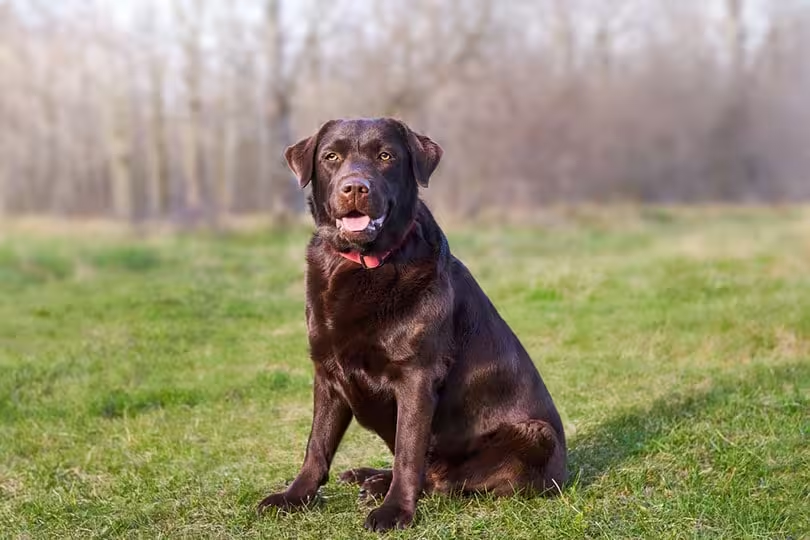
Chocolate Labrador
Canis lupus familiarisRich brown coat ranging from light to dark chocolate. Gained popularity more recently than black and yellow varieties. Some evidence suggests they may have slightly shorter lifespans than other colors.
Shop Chocolate Labs
Yellow Labrador
Canis lupus familiarisCoat color ranges from pale cream to rich fox red. The lighter shades are often called "white" Labradors. Yellow Labs became popular after being featured in advertisements and as guide dogs.
Shop Yellow Labs
Fox Red Labrador
Canis lupus familiarisA dark yellow variant with a rich reddish coat. Particularly common in field/working lines. Fox Reds are technically yellow Labs but have a much deeper, more striking color that sets them apart.
Shop Fox Red LabsKey Differences: English vs American Labradors
| Characteristic | Show/English Labrador | Field/American Labrador |
|---|---|---|
| Build | Stockier, broader head, barrel chest | Leaner, more athletic, narrower head |
| Tail | Thick "otter" tail | Thinner tail |
| Weight | 65-95 lbs (heavier) | 55-80 lbs (lighter) |
| Temperament | Calmer, more laid-back, easier to train | High energy, intense drive, strong prey drive |
| Best For | Family pets, novice owners | Active owners, hunters, fieldwork |
Complete Labrador Retriever Care Guide
Essential Labrador Care Requirements
Labradors are relatively easy to care for but have specific needs to keep them healthy and happy:
Living Space Requirements
- House with yard: Ideal for their energy levels (minimum 30'x30' fenced area)
- Apartment living: Possible with dedicated exercise (3+ walks/day)
- Sleeping area: Large orthopedic bed (at least 36" for adults)
- Indoor space: Labradors need to be with their family, not left alone outside
Grooming Needs
- Brushing: 2-3 times weekly (daily during shedding seasons)
- Bathing: Every 2-3 months or when dirty (use dog-specific shampoo)
- Nail trimming: Every 3-4 weeks to prevent overgrowth
- Ear cleaning: Weekly with vet-approved solution to prevent infections
- Teeth brushing: Ideally daily, minimum 3 times weekly
Exercise Requirements
- Puppies (2-12 months): 5 minutes exercise per month of age, twice daily
- Adults (1-7 years): Minimum 1 hour vigorous exercise daily
- Seniors (7+ years): 30-45 minutes moderate exercise daily
- Best activities: Swimming, fetch, hiking, agility training
- Mental stimulation: Puzzle toys, training sessions, nose work
Pro Tip: Managing Shedding
Labradors are heavy shedders, especially during seasonal changes. Use a de-shedding tool like the Furminator 2-3 times weekly during peak shedding. Add omega-3 fatty acids to their diet to improve coat health and reduce excessive shedding. Regular vacuuming (every other day) will help keep your home hair-free.
Labrador Nutrition & Feeding Guide
Proper nutrition is crucial for Labradors, who are prone to obesity:
Recommended Diet
- High-quality kibble: Look for meat as first ingredient (chicken, fish, lamb)
- Protein content: 22-26% for adults, 26-30% for puppies
- Fat content: 12-16% for adults, 16-20% for puppies
- Grain-free: Only necessary if grain allergies are diagnosed
- Portion control: Measure food carefully to prevent overeating
Feeding Schedule
- Puppies (8-12 weeks): 4 meals daily (1/2-1 cup per meal)
- Puppies (3-6 months): 3 meals daily (1-1.5 cups per meal)
- Puppies (6-12 months): 2 meals daily (1.5-2 cups per meal)
- Adults (1+ years): 2 meals daily (2-2.5 cups per meal)
- Seniors (7+ years): 2 smaller meals of senior formula
Healthy Treats & Supplements
- Training treats: Small, low-calorie options (freeze-dried liver, kibble)
- Healthy snacks: Carrots, green beans, apple slices (no seeds)
- Joint supplements: Glucosamine/chondroitin from 5+ years
- Fish oil: For skin/coat health and joint support
- Probiotics: Especially during diet changes or digestive issues
Foods to Avoid
Never feed your Labrador: chocolate, grapes/raisins, onions/garlic, macadamia nuts, alcohol, caffeine, xylitol (found in sugar-free gum), cooked bones, fatty table scraps, or raw yeast dough. These can be toxic and potentially fatal.
Labrador Training & Socialization
Labradors are highly trainable but require consistent, positive reinforcement:
Puppy Training (8-16 weeks)
- Begin house training immediately
- Teach basic commands: sit, stay, come
- Start crate training for security
- Introduce leash walking
- Socialize with people, dogs, environments
Adolescent Training (4-12 months)
- Reinforce basic commands
- Begin more advanced training
- Address chewing/mouthing behaviors
- Continue socialization
- Start impulse control exercises
Adult Training (1-3 years)
- Advanced obedience training
- Specialized training (hunting, agility)
- Reinforce good manners
- Address any behavioral issues
- Consider therapy dog certification
Ongoing Training (3+ years)
- Regular practice of commands
- Mental stimulation activities
- Learn new tricks to prevent boredom
- Maintain socialization
- Adjust training for aging dogs
Socialization Tips
- Early exposure: Introduce to various people, dogs, sounds, surfaces
- Positive experiences: Keep encounters happy with treats/praise
- Puppy classes: Great for controlled socialization
- Continual socialization: Important throughout life
- Watch for fear: Never force interactions that scare your pup
Training Methods That Work Best
Labradors respond exceptionally well to positive reinforcement training. Use small, tasty treats immediately after desired behavior. Keep training sessions short (5-15 minutes) and fun. Never use punishment-based methods - Labs aim to please and will shut down if treated harshly. Consistency from all family members is key to success.
Common Labrador Health Concerns
While generally healthy, Labradors are prone to certain genetic conditions:
Hip & Elbow Dysplasia
Symptoms:
- Difficulty rising or climbing stairs
- Decreased activity or exercise intolerance
- Bunny-hopping gait
- Pain when touched near joints
Prevention/Treatment:
- Buy from OFA-certified parents
- Maintain healthy weight
- Joint supplements (glucosamine)
- Physical therapy and anti-inflammatories
- Surgery in severe cases
Obesity
Symptoms:
- Inability to feel ribs easily
- Lack of visible waist
- Reluctance to exercise
- Heavy panting
Prevention/Treatment:
- Measure all food carefully
- Limit treats to 10% of daily calories
- Regular weigh-ins
- Increase exercise gradually
- Consult vet for weight loss plan
Progressive Retinal Atrophy (PRA)
Symptoms:
- Night blindness (early symptom)
- Dilated pupils
- Cloudy appearance to eyes
- Bumping into objects
Prevention/Treatment:
- Genetic testing of breeding dogs
- No cure, but dogs adapt well
- Keep furniture arrangement consistent
- Use verbal cues for navigation
- Protect from hazards like pools/stairs
Vaccination Schedule
- 6-8 weeks: DHPP (distemper, hepatitis, parvo, parainfluenza)
- 10-12 weeks: DHPP booster, Bordetella
- 14-16 weeks: DHPP booster, Rabies
- 12-16 months: DHPP, Rabies boosters
- Adult: DHPP every 3 years, Rabies as required by law
- Optional: Leptospirosis, Lyme disease based on risk
Labrador Breeding Information
Responsible breeding requires knowledge of genetics and commitment to health testing:
Genetic Testing Recommendations
- Hip Evaluation: OFA or PennHIP certification
- Elbow Evaluation: OFA certification
- Eye Examination: Annual CERF exam
- Genetic Tests: PRA, EIC, CNM, HNPK
- Cardiac Exam: For breeding dogs
Breeding Process
- First heat: Typically 9-12 months, but wait until 2+ years to breed
- Heat cycle: Every 6 months, lasts 2-3 weeks
- Gestation: 63 days average
- Litter size: 5-10 puppies typical
- Whelping: Usually natural, but monitor closely
- Puppy care: Early neurological stimulation, socialization
Color Genetics Explained
Labrador coat color is determined by two sets of genes:
- B locus: Controls black (B) vs. chocolate (b) - black is dominant
- E locus: Controls expression of color (E) vs. yellow (e) - color is dominant
- Possible combinations:
- BBEE or BbEe = Black
- bbEE or bbEe = Chocolate
- BBee or Bbee or bbee = Yellow
- Fox red: Variation of yellow caused by additional genes
Labrador Retriever Price Guide & Buying Tips
Labrador prices vary widely based on lineage, breeder reputation, and location:
| Type | India Price (₹) | USA Price ($) | UK Price (£) | Australia Price (A$) |
|---|---|---|---|---|
| Pet Quality (No papers) | 15,000 - 30,000 | 500 - 1,000 | 400 - 800 | 800 - 1,500 |
| Registered Show Line | 40,000 - 80,000 | 1,200 - 2,500 | 1,000 - 2,000 | 2,000 - 3,500 |
| Champion Bloodline | 80,000 - 1,50,000+ | 2,500 - 5,000+ | 2,000 - 4,000+ | 3,500 - 6,000+ |
| Field/Working Line | 50,000 - 1,00,000 | 1,500 - 3,000 | 1,200 - 2,500 | 2,500 - 4,500 |
Choosing a Reputable Breeder
- Health testing documentation for parents
- Clean, home-like environment for puppies
- Willingness to show you parent dogs
- Knowledgeable about the breed
- Provides health guarantee
- Asks you questions about your home/lifestyle
- No pressure to buy immediately
Red Flags to Avoid
- Multiple litters available at once
- Won't let you see where puppies are raised
- No health testing on parents
- Puppies available before 8 weeks
- Pressure to pay deposit before meeting
- Unwilling to provide references
- "Rare" colors at premium prices (silver, charcoal)
Adoption Option
Consider adopting a Labrador from a rescue organization. Many purebred Labs end up in shelters due to owners underestimating their needs. Adoption fees typically range from ₹5,000-15,000 in India or $100-400 in the US, including vaccinations and spay/neuter.
Browse Available LabsWhy Choose a Labrador Retriever?
Labradors have been America's most popular dog breed for decades - here's why:
Family-Friendly
Excellent with children and other pets when properly socialized
Highly Trainable
Eager to please and quick learners, ideal for first-time owners
Versatile
Excel as family pets, service dogs, hunters, and athletes
Friendly
Outgoing, social temperament with people and other dogs
Labradors thrive in homes where they can be part of daily activities. Their high energy levels make them perfect companions for hiking, running, swimming, and outdoor adventures. They love to participate in family activities and will happily join you on camping trips, beach outings, or just playing in the backyard.
Due to their intelligence, trainability, and gentle nature, Labradors are the most common breed chosen for service work. They excel as guide dogs for the blind, hearing dogs for the deaf, mobility assistance dogs, and therapy dogs. Their calm demeanor and ability to focus make them ideal for these important roles.
Bred originally as fishing and hunting companions, Labs have a natural instinct to retrieve. They love games of fetch and will happily carry objects in their soft mouths without damaging them. This makes them wonderful companions for hunters, as they can retrieve game gently and efficiently.
Ready to Welcome a Labrador Into Your Home?
Explore our premium selection of healthy, well-bred Labrador Retrievers - each carefully chosen for temperament and health. Click below to browse our available puppies or learn more about this wonderful breed.
Download This Complete Care Guide
Get this comprehensive Labrador Retriever encyclopedia in PDF format for offline reference or printing


